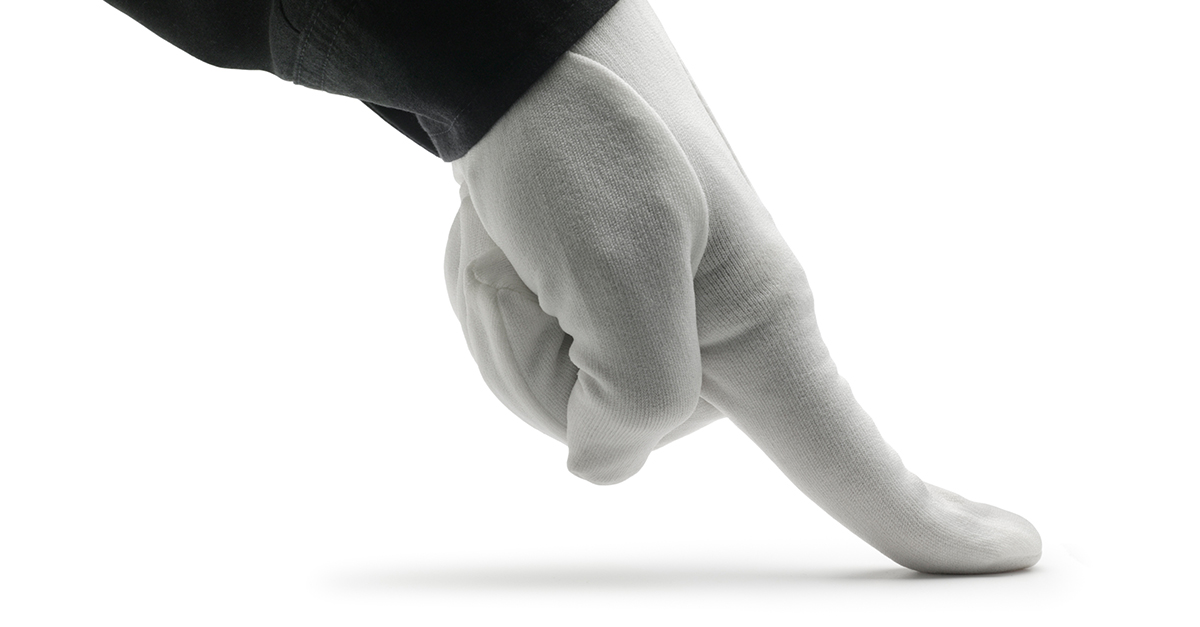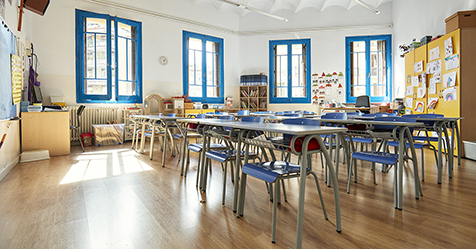If you are a professional in the facility management field, you know how important it is to maintain the image of your building. Whether it is a building occupant who is in the facility regularly or a visitor who comes in periodically, everyone is taking note of their surroundings and making a judgment about whether or not this is a “good place.”
And in these post-pandemic times, having a positive facility image is more important—and more challenging—than ever.
Floors—first impressions of your facility
Think about it, what is one of the first things you see when you enter a building?
Chances are, one of the first aspects of a facility that you will notice is the flooring. Vinyl composition tile (VCT), concrete, wood, stone, or carpet, the cleanliness of the floors is going to have a big influence on the first impression you form about the overall cleanliness of the entire facility.
Not only does floor appearance impact the impression people make of your facility, but floors are also one of the biggest reservoirs for contaminants as well. As building occupants cough and sneeze, those aerosolized droplets land on surfaces and floors. And as building occupants make their way through the facility, those pathogens are spread by their shoes or bags, or other objects placed on the floor.
Restrooms—the highest traffic area of your facility
It is fair to say that restrooms are one of the most visited areas of any facility. The restrooms are the only part of any building that is virtually guaranteed to see a visit from each of the building occupants and visitors at least once during a workday.
Because of the high-traffic nature of restrooms, they can also play the role of a “germ transfer station.”
When considering your facility’s image, it is worthwhile to consider the overall aesthetics and user experience of your restrooms. Perhaps your restrooms could use a “refresh.” New toilet partitions and restroom accessories can make a huge difference in the appearance of your restrooms.
It is also critical to consider your cleaning process for the restrooms. Do restroom visitors see dirty and unsightly grout lines? Do they notice foul odors from an undetermined source? Building occupants will frequently judge the overall cleanliness of a facility based on the cleanliness of the restrooms.
What is “clean?”
Now that we have identified a couple of the primary areas that will improve the image of your facility if they are clean, what do we mean by the word “clean?”
Merriam-Webster defines the word “clean” as “free from dirt or pollution” or “free from contamination or disease.” It is pertinent to note that there is no universally accepted definition of “clean” that has been adopted by everyone in the cleaning industry.
According to the Cleaning Industry Research Institute (CIRI) website, Michael Berry, chairman of the Science Advisory Council for CIRI, has proposed defining clean for the cleaning industry as an environmental condition free from unwanted matter. While the industry has not universally accepted this definition, it is a good place to start.
Typically, people have assumed that “if it looks clean, it is clean.” In other words, people in the cleaning industry have traditionally strived for a facility that was cleaned for “appearance.” This “white glove” method of determining facility cleanliness has long been referenced as a premium standard to meet.
While we can derive a certain amount of truth from performing a white glove cleaning test, we now know that while removing the visible dirt is important and helps with improving the image of the facility, it is just the beginning of a clean and hygienic facility that is free from all pathogenic bacteria. Oftentimes it is the dirt and bacteria that cannot be seen that is the cause for the most concern.
Although there is no shortage of anecdotal evidence to support marketing claims touting the efficacy of a variety of cleaning products and equipment that leave a clean surface appearance, scientific date has not validated all of these claims. But can the total cleanliness of a facility be measured?
Cleaning for wellness, as well as image
Enter science. Many professional cleaners use adenosine triphosphate (ATP) testing systems to measure the biological load present on a surface or floor in their facility. These tests serve as a qualitative measurement of the overall cleanliness of surfaces.
And while there are different opinions on what to ultimately do with the science behind cleaning, everyone agrees that better cleaning results contribute to improved facility image as well as improved occupant wellness.




